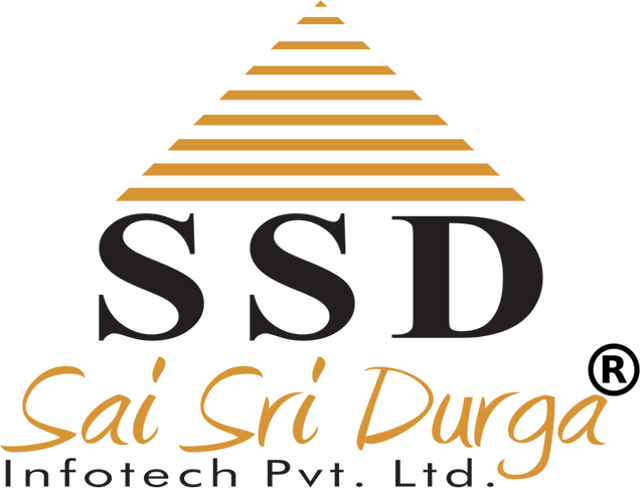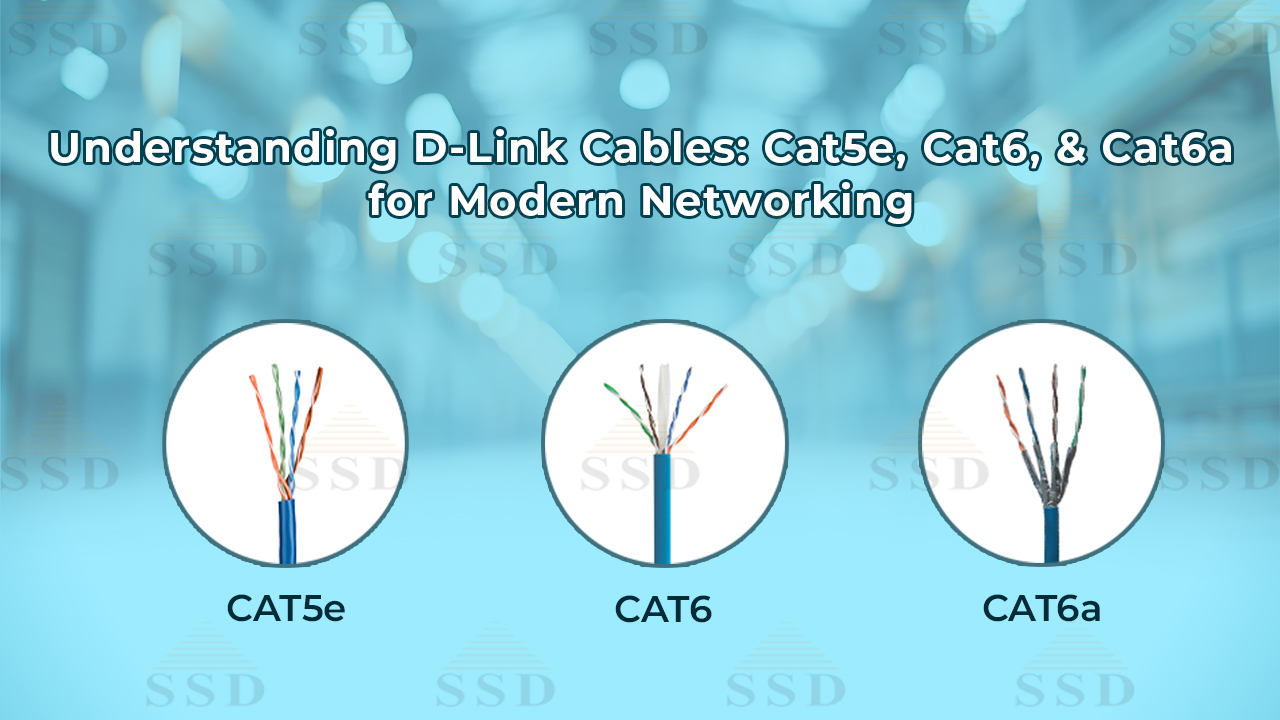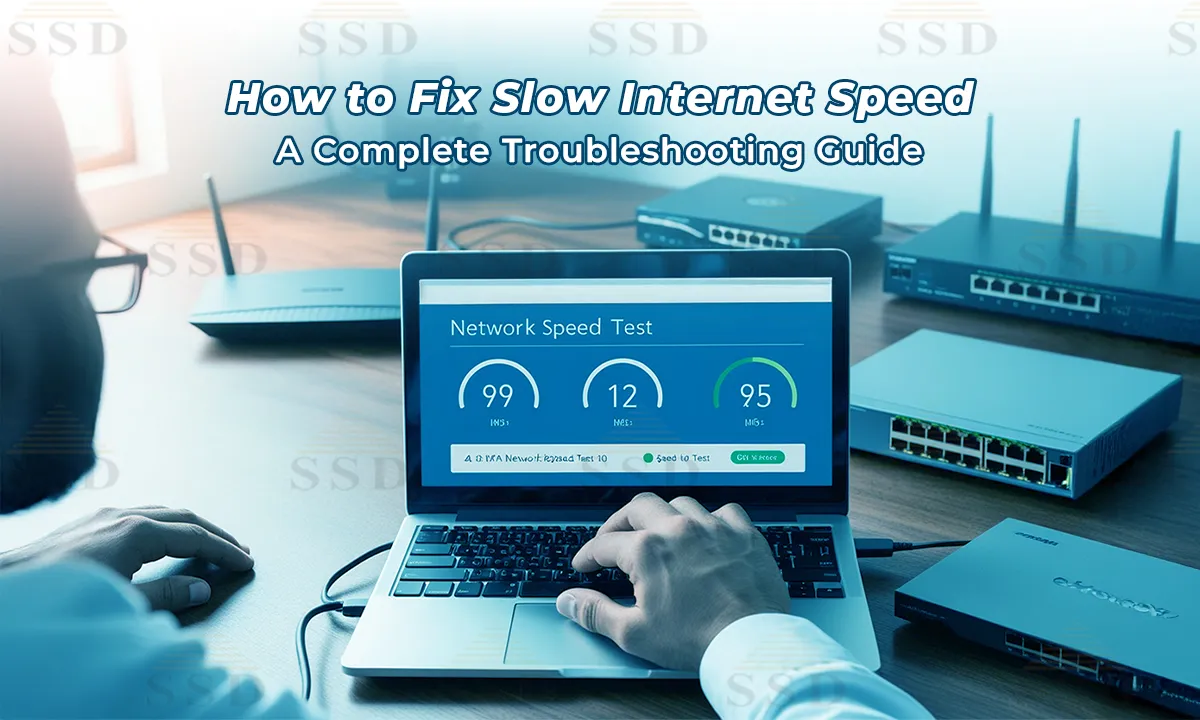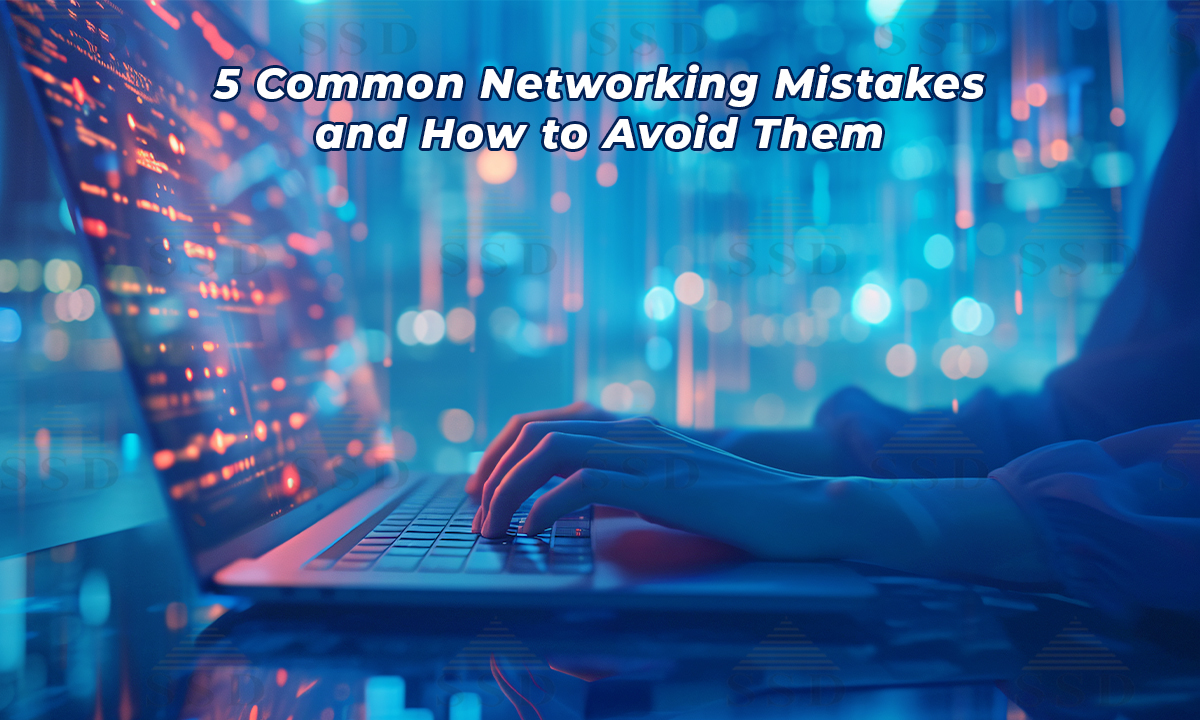In today’s fast-paced digital world, network cables play a crucial role in connecting devices to the internet and each other. One well-known brand that provides quality networking cables is D-Link. Known for its reliability, D-Link offers a wide range of Ethernet cables suitable for various needs, from home networks to large businesses. But with different categories of cables available—like Cat5e, Cat6, and Cat6a—understanding which one best suits your needs can be challenging. In this blog post, we’ll explore the features of D-Link cables and differentiate between Cat5e, Cat6, and Cat6a.
Why Choose D-Link Cables?
D-Link has been a trusted name in networking for decades, offering everything from routers and switches to network cables and adapters. D-Link cables are known for their durability, high performance, and compatibility with various networking standards. Whether you’re setting up a simple home network or a high-speed business connection, D-Link cables are built to handle different levels of data transfer, providing a stable and efficient network experience.
Ethernet Cable Categories
Ethernet cables are classified into different categories, which indicate their performance capabilities. Here’s a breakdown of what each category—Cat5e, Cat6, and Cat6a—offers:
1. Cat5e (Category 5 Enhanced)
Cat5e is an improved version of the older Cat5 cable and has been the most common type of Ethernet cable for several years. It is designed to reduce interference and cross-talk between wires, allowing for more reliable data transmission.
Specifications
- Bandwidth: Up to 100 MHz
- Speed: Supports up to 1 Gbps (Gigabit Ethernet) at distances of up to 100 meters
- Performance: Reduces electromagnetic interference, suitable for basic internet browsing, HD streaming, and light file sharing.
Use Cases
Cat5e cables are commonly used in home networks, small offices, and environments where basic internet speeds are sufficient. It’s a cost-effective option for users who don’t require the high speeds that newer categories provide.
Limitations
While Cat5e supports Gigabit Ethernet, it’s less ideal for higher speeds and advanced applications, like gaming or 4K streaming. It has a limited frequency range and may struggle with interference over longer distances compared to Cat6 and Cat6a.
2. Cat6 (Category 6)
Cat6 cables offer a significant upgrade over Cat5e, with higher bandwidth and faster speeds. They are constructed with tighter wound pairs and often have a thicker sheathing to protect against interference. Cat6 cables are designed for more demanding network environments, supporting speeds up to 10 Gbps over shorter distances (up to 55 meters) and a frequency of 250 MHz. This cable is suitable for larger networks that require faster data transmission, such as offices or data centers.
Specifications
- Bandwidth: Up to 250 MHz
- Speed: Supports up to 10 Gbps at distances up to 55 meters and 1 Gbps at distances up to 100 meters.
- Performance: Better resistance to cross-talk and interference, ideal for high-speed applications.
Use Cases
Cat6 cables are great for more demanding environments, like small to medium businesses and homes that need faster speeds for activities like online gaming, video conferencing, or large file transfers.
Limitations
The 10 Gbps speed can only be maintained over short distances (up to 55 meters). Beyond this range, the speed drops to 1 Gbps, similar to Cat5e.
3. Cat6a (Category 6 Augmented)
Cat6a cables take performance a step further than Cat6, offering double the bandwidth and consistent 10 Gbps speeds over longer distances. These cables have an even thicker sheathing and better shielding, making them more robust against interference. Cat6a is an upgraded version of Cat6, providing even higher performance. It supports speeds of 10 Gbps over a full distance of up to 100 meters and has a frequency of 500 MHz. Cat6a cables are ideal for high-performance networks that demand faster speeds and less interference, making them well-suited for enterprise environments.
Specifications
- Bandwidth: Up to 500 MHz
- Speed: Supports 10 Gbps at distances up to 100 meters.
- Performance: Excellent resistance to cross-talk, interference, and electromagnetic interference (EMI), making it ideal for high-speed networks and data centers.
Use Cases
Cat6a is commonly used in environments where data transfer speeds are critical, such as large businesses, data centers, and high-speed LAN setups. It’s suitable for 4K or even 8K streaming, cloud computing, and applications requiring minimal latency.
Limitations
Cat6a cables are thicker and less flexible than Cat5e and Cat6, which makes installation more challenging, especially in tight spaces. They are also more expensive than Cat5e and Cat6 cables.
Why Are Cat5e, Cat6, and Cat6a Cables Necessary?
1. High-Speed Data Transfer: As the demand for faster internet and seamless data transmission grows, these Ethernet cables provide reliable, high-speed connectivity that is essential for modern networks.
2. Reduced Interference: Each cable is designed to minimize crosstalk and electromagnetic interference, ensuring that data can be transferred efficiently and securely, especially in environments with a lot of electrical devices.
3. Future-Proofing: Investing in Cat6 or Cat6a cables ensures that your network infrastructure is prepared for future advancements. With higher speeds and better performance, these cables support growing data needs and the latest technologies.
4. Versatility: These cables are used across various applications, from home networking to corporate IT setups, making them versatile solutions for a wide range of connectivity needs.
5. Reliable Performance for Business Operations: For businesses, network downtime or lag can lead to productivity losses. High-quality network cables, like Cat5e, Cat6, and Cat6a, offer stability and consistency that are critical for business continuity.
Where Can These Cables Be Used?
1. Small to Large Office Networks: From basic internet connectivity to high-speed file sharing, these cables meet the needs of both small offices and larger, data-intensive work environments.
2. Data Centers: Data centers require high-speed, reliable connectivity to handle massive amounts of data. Cat6 and Cat6a cables are ideal for these environments due to their ability to support high bandwidth and fast transmission speeds.
3. Educational Institutions: Schools, colleges, and universities rely on strong networks for online learning, administrative functions, and digital resources. These Ethernet cables ensure that educational institutions can offer seamless connectivity.
4. Retail and Hospitality: For customer-focused businesses like retail stores and hotels, network reliability is essential for point-of-sale systems, Wi-Fi for customers, and operational applications. Cat5e and Cat6 cables provide dependable connections in these settings.
5. Home Networks: Even in homes, high-quality Ethernet cables make a difference in streaming, gaming, and working from home. While Cat5e is sufficient for many home setups, Cat6 and Cat6a provide an extra level of performance for high-demand users.
Why Choose D-Link’s Cat5e, Cat6, and Cat6a Cables from SSD?
Sai Sri Durga Infotech Pvt. Ltd. (SSD) offers these cables as an authorized business distributor for D-Link, a globally recognized brand in network solutions. Here’s why D-Link’s cables stand out:
1. Quality and Durability: D-Link cables are manufactured to high standards, ensuring they perform reliably over time, even in demanding environments.
2. Comprehensive Solutions: Whether you need Cat5e for basic connectivity or Cat6a for enterprise-level performance, SSD provides a full range of options to suit different network requirements.
3. Value-Added Services: SSD not only supplies cables but also offers support and guidance to help businesses choose the right cabling solution, ensuring optimal performance.
4. Compatible Accessories: SSD also provides related networking accessories, such as patch panels, connectors, and mounting kits, making it easy to set up a complete network infrastructure.
Additional Network Accessories Provided by SSD
To complement Cat5e, Cat6, and Cat6a cables, SSD offers essential network accessories that help streamline setup and organization:
Patch Panels: Help organize cables and provide a central point for connecting different parts of the network, making maintenance easier.
Fiber Optic Cables: For ultra-high-speed data transmission over longer distances, fiber optic cables provide a reliable solution, ideal for backbone connections in large networks.
Modular Jacks and Faceplates: Color-coded jacks and faceplates help to identify connections easily and ensure that the network setup is organized.
Conclusion
D-Link offers a range of reliable Ethernet cables across these categories, ensuring that you have the right connectivity solution for your needs. While Cat5e is ideal for budget-conscious setups, Cat6 and Cat6a provide options for faster, more stable connections. Understanding the differences between these categories will help you make an informed choice, whether you’re setting up a simple home network or a high-performance business infrastructure.
Investing in high-quality Cat5e, Cat6, and Cat6a cables from D-Link, provided by Sai Sri Durga Infotech Pvt. Ltd., is a strategic decision that enhances the speed, reliability, and future readiness of your network. Whether you’re setting up a home network, a small business, or a large enterprise, these Ethernet cables provide a robust foundation for all your connectivity needs. With SSD’s comprehensive solutions, you can ensure your network is ready to handle the demands of today and tomorrow.
For more information or to place an order, feel free to contact Sai Sri Durga Infotech Pvt. Ltd. at +91 98440 62114 or via email at sales@saisridurga.com.






